There are 14 herbs that grow well together in this list, which are broken down into 3 difference categories for you. When you are planning your herb garden, there’s always a mental list of your favorites that you are looking forward to planting right away.
Unfortunately, you’ll need to do a little planning first – some herbs will have different sunlight or soil requirements, while others might even compete or sicken their pot-mates if you aren’t careful.
Today we’re going to help by sharing some herbs that grow well together and we’ll present them in combinations that you can use as a foundation to build on. In time, knowing what to plant together will become almost instinctive, so let’s get started learning what herbs are going to play well together in your garden, pot, or favorite container!
Table of Contents
Herbs that grow well together in a pot or garden
When you are just getting started with growing your own herb garden, it can be a little tricky to remember which herbs will do well together. To have a little fun with our herb groupings today and also to help you to remember them, we’re going to use a little memory trick by making acronyms out of our groupings.
Rosemary and Oregano will appear twice, but otherwise, these groupings are pretty unique and will give you a good starting point of collected herbs that will play very well together in your garden, pot, or other large containers.
Take note of the families as we go along and as you learn more about the herbs by growing them then you’ll start to get an intuitive grasp of what will grow well with what. For now, we’ll go with the acronyms, and with a little luck, these will help you to commit the groupings to memory!
The ‘Corporate’ Combo
This first combination we’ll call ‘The Corporate Combo’ and it consists of the following 4 herbs:
- Chilis
- Oregano
- Rosemary
- Parsley
All of these herbs may be grown in close proximity in your garden, a pot, or a large container,
1. Chili
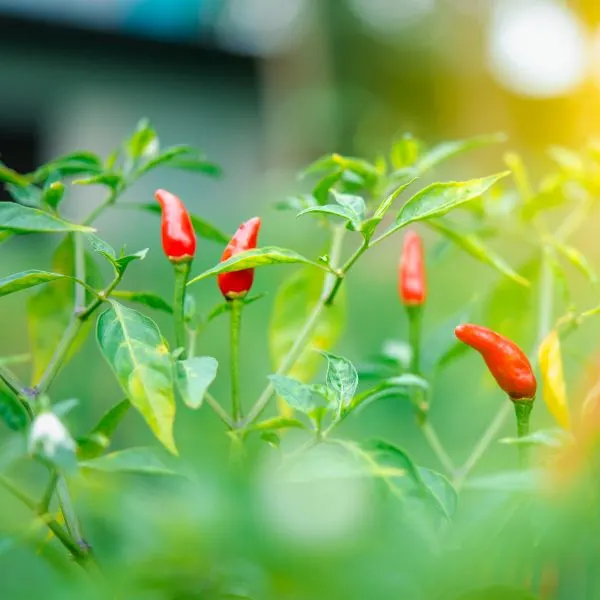
- Difficulty Level: Beginner
- Family: Solanaceae
- Scientific Name: Capsicum annuum
- Other Names: Encompasses many pepper varieties, such as poblano, cayenne, jalapeno, and banana peppers.
About this plant
Not only are chilies delicious, but the capsaicin in the peppers is a natural repellent for animals and insects, so they’ll help to safeguard your herbs while also serving later to spice up your meals.
Capsicum annuum encompasses a wide variety of peppers, so just find a favorite that you use a lot (or would like to use) and go with that!
2. Oregano
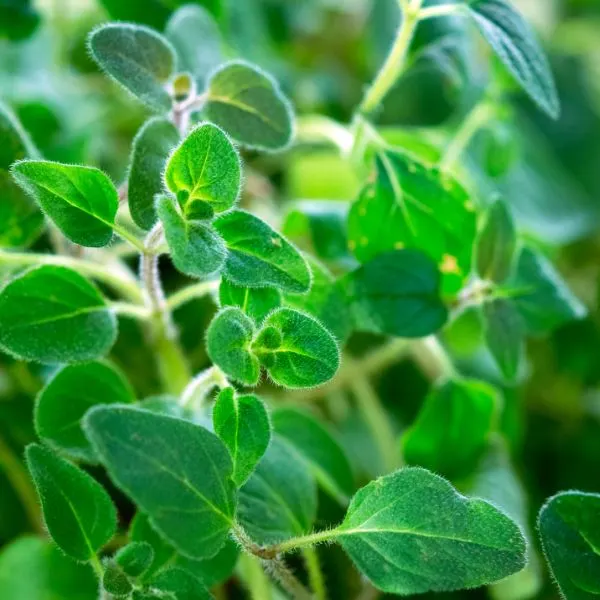
- Difficulty Level: Beginner
- Family: Lamiaceae
- Scientific Name: Origanum vulgare
- Other Names: Wild Marjoram or Origanum
About this plant
Oregano is an herb that many of us use almost daily and it’s even better when it’s fresh! You can season up meat, spice up marinades, add it to Italian dishes… you get the idea! It’s easy to grow and it’s definitely not an herb that will be going to waste.
3. Rosemary

- Difficulty Level: Beginner
- Family: Lamiaceae
- Scientific Name: Salvia rosmarinus
- Other Names: Rosemary has many names, such as ‘Old Man’, Compass plant, Polar Plant, and Rose de Marie.
About this plant
A staple herb for Mediterranean dishes, rosemary is also easy to grow as long as the sunlight is plentiful and you’ve got a little perlite or gravel in your soil for good drainage. It’s also used as a natural preservative and if you have a dog that you bake homemade treats for, try adding a tiny amount of rosemary to the recipe to increase their shelf life. It’s a neat little hack, so we thought that we would share it!
4. Parsley
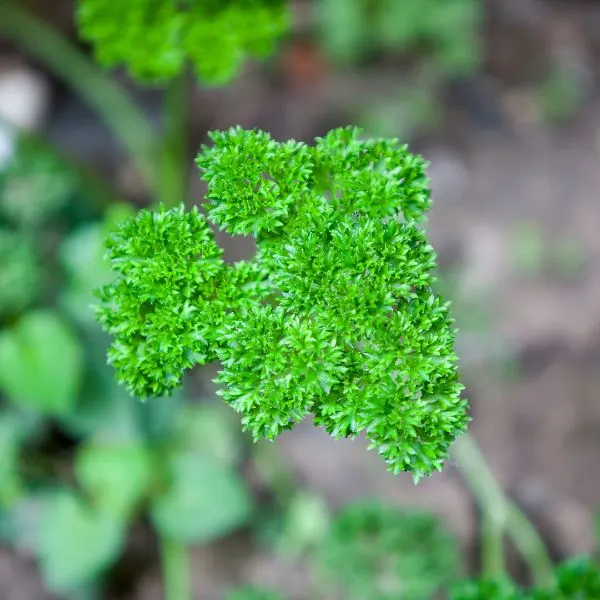
- Difficulty Level: Beginner
- Family: Umbelliferae/Apiaceae
- Scientific Name: Petroselinum crispum
- Other Names: Common Parsley, Garden Parsley, Parsley Root, Parsley Fruit
About this plant
Parsley is another herb that gets a lot of use in the kitchen. You can sprinkle it on veggies, add a dash to roasted potatoes, or add it with abandon to some grain dishes that you like such as CousCous.
Basil McDonald’s Herbs
Our second combo has 2 easy ways to remember it. You can refer to it as ‘Basil Mcdonald’s herbs’ or ask yourself ‘What’s a popular fast-food lunch? That would ‘Be McD’s! This combination consists of the following herbs:
- Basil
- Mint
- Cilantro
- Dill
All of these herbs are easy to grow and will get along just fine in your garden, a large pot, or the container of your choice. Let’s take a quick review of the uses for the herbs in this combo and then we’ll introduce you to our final one!
5. Basil
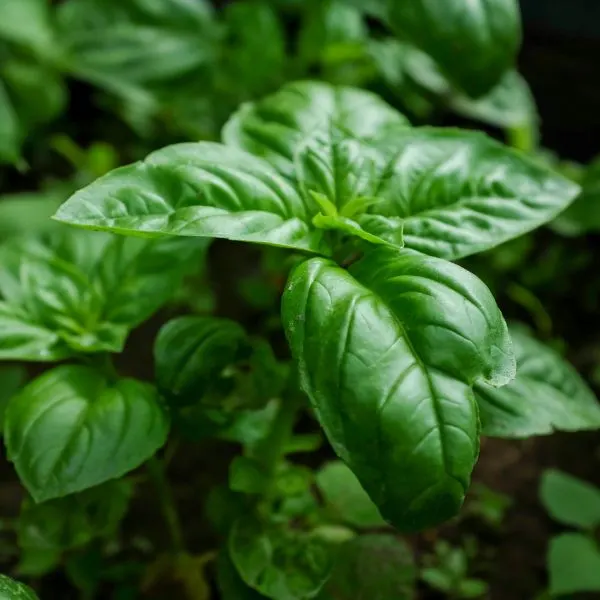
- Difficulty Level: Beginner
- Family: Lamiaceae
- Scientific Name: Ocimum basilicum
- Other Names: Common Basil, Garden Basil, St. Joseph Wort, Grand Vert
About this plant
Fresh Basil is always welcome in the kitchen and all of the reasons are tasty. You can puree it into soups, sprinkle it into your pasta dishes, and it’s fantastic just added as whole leaves into a yummy pizza. Aside from cooking, you can also make tea with it that’s good for an upset stomach in a pinch!
6. Mint
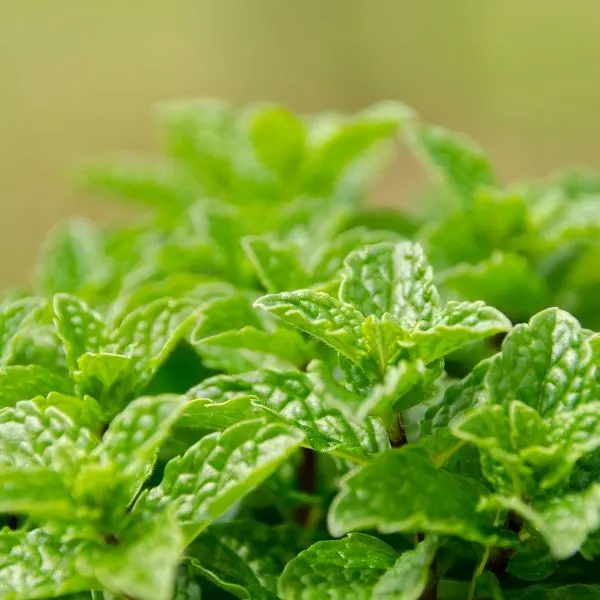
- Difficulty Level: Beginner
- Family: Lamiaceae
- Scientific Name: Mentha
- Other Names: Includes Wild Mint, Spearmint, and Peppermint – 25 species, actually, so pick your favorite!
About this plant
Mint is an herb garden favorite, for the simple reason that you can smell it every day! Aside from the obvious taste-enhancing uses of mint, it also happens to be a natural insect repellent. While it smells amazing to us, white flies, ants, squash bugs, aphids, cabbage moths, and flea beetles can’t stand it – so you can take little sprigs from time to time to lay with other plants to help protect them! There are 25 species of mint plants, so take your pick, although our favorites are definitely spearmint and peppermint – they just smell so good!
7. Cilantro
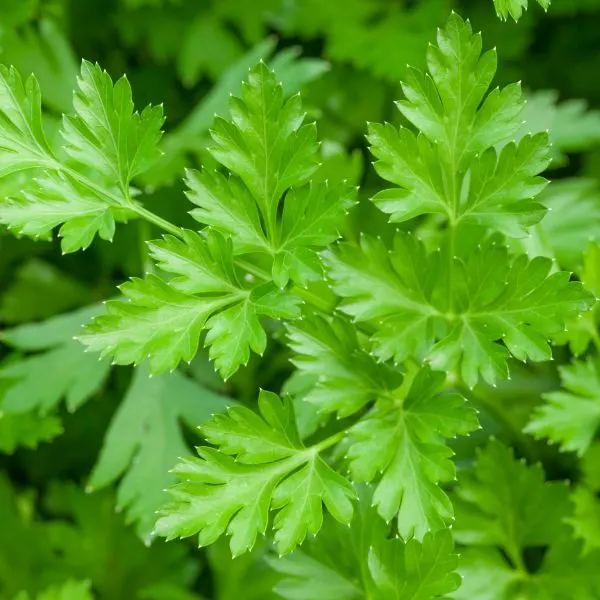
- Difficulty Level: Beginner
- Family: Apiaceae
- Scientific Name: Coriandrum sativum
- Other Names: Chinese Parsley, Coriander
About this plant
Cilantro also repels insects but takes things a step further, by attracting predatory insects like hoverflies to eat the ‘pest insects’ that might attempt to get at your herbs anyway. If you like cooking Mexican or Tex-Mex food then you also know that cilantro is vital for making it taste the way it’s supposed to, but it’s also used in a number of European, Chinese, Indian, and Vietnamese dishes.
We encourage experimenting with it as it’s a handy herb to have around!
8. Dill
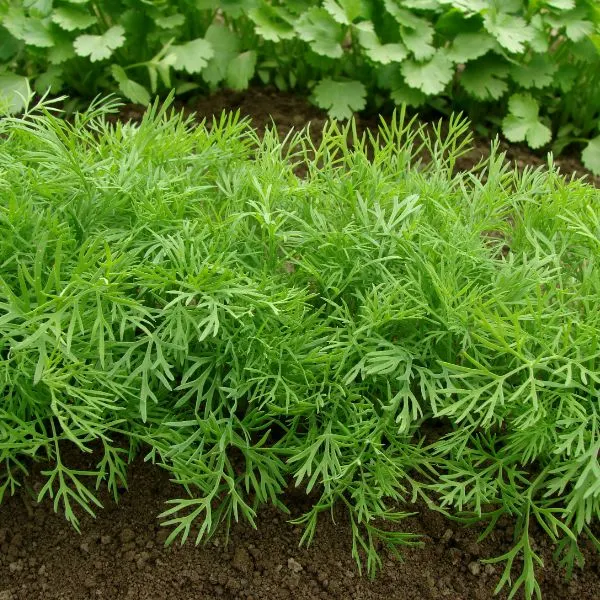
- Difficulty Level: Beginner
- Family: Apiaceae
- Scientific Name: Anethum graveolens
- Other Names: Sholpa, Savaa, Soa-Kura
About this plant
Dill repels many insects, although you never want to plant it next to tomatoes as it can attract hornworms. That said, our Basil McDonald combo, it’s a fine addition that you can take advantage of later in the kitchen.
It works well with roasted potatoes and potato salad, and also tastes nice sprinkled on cucumbers or as a garnish with your favorite soups. Traditionally, it is also used for various ailments, such as hiccups, gas, or even bad breath!
Have you seen Mr. Lost?
Our final combo uses the mnemonic device of a simple question – ‘Have you seen Mr. Lost?’. The Mr. Lost combo is a nice one to memorize if you do a lot of Mediterranean cooking, as it consists of the following herbs:
- Marjoram
- Rosemary
- Lavender
- Oregano
- Sage
- Thyme
Let’s look at each and keep the comments brief on Rosemary and Oregano since they’ve already had their moment in the sun.
9. Marjoram
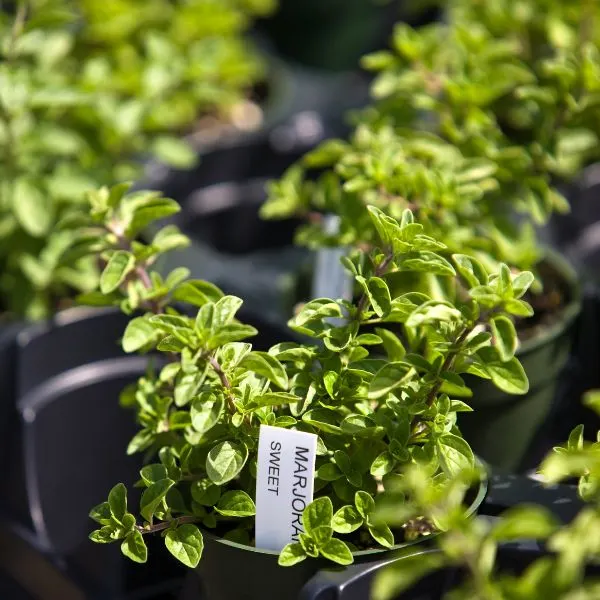
- Difficulty Level: Beginner
- Family: Lamiaceae
- Scientific Name: Origanum majorana
- Other Names: Sweet Marjoram, Knotted Marjoram
About this plant
Marjoram is a great way to upgrade your meat and fish marinades and spice up your sautees. It also goes well on roasted veggies and medicinally, it’s also used to aid with digestion issues and used with menstrual cramping.
Add in that it also attracts butterflies, bees, and birds, and it’s definitely a fine start to your herb pot combo.
10. Rosemary
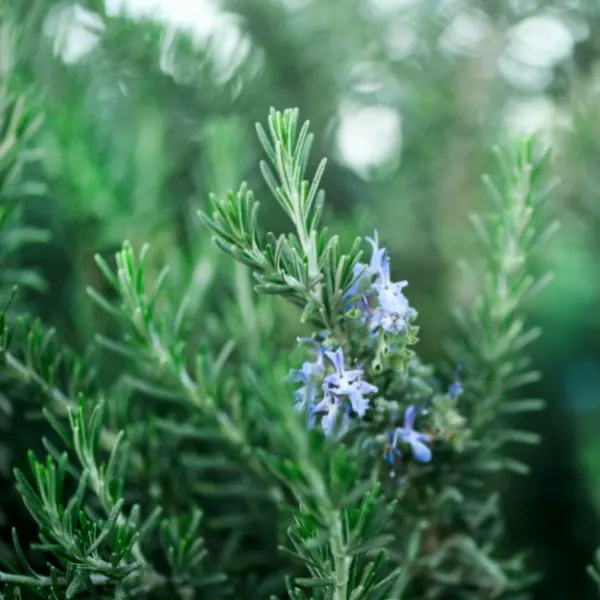
- Difficulty Level: Beginner
- Family: Lamiaceae
- Scientific Name: Salvia rosmarinus
- Other Names: Rosemary has many names, such as ‘Old Man’, Compass plant, Polar Plant, and Rose de Marie.
About this plant
See our ‘Corporate Combo’ for more details on Rosemary. We’re only repeating it to help expand your knowledge of groupings of herbs that do well together.
11. Lavender
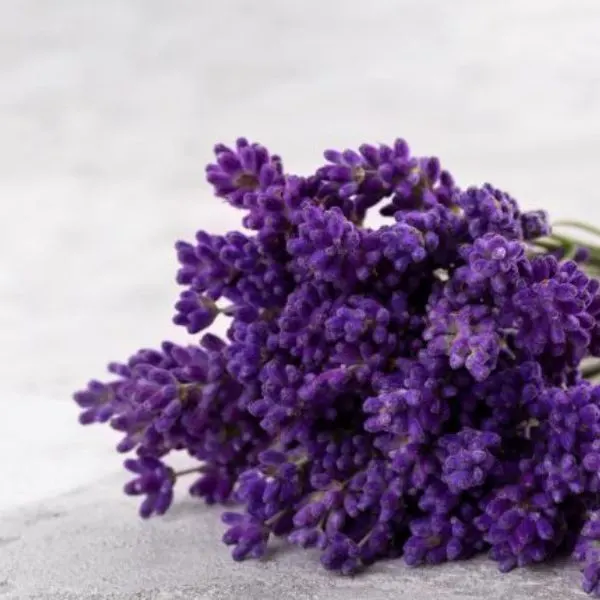
- Difficulty Level: Beginner
- Family: Lamiaceae
- Scientific Name: Lavandula angustifolia
- Other Names: English Lavender, French Lavender, True Lavender
About this plant
Sometimes used in grilled dishes and exotic desserts, Lavender also doubles as a deterrent for insects, who seem to have a different opinion of the lovely smell than we do. So much so, that if you add a little dried lavender to your closet, it can help you to keep away hungry moths!
12. Oregano
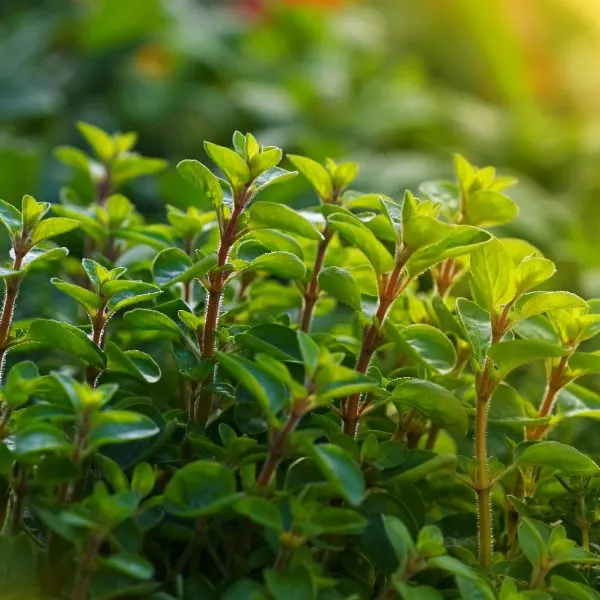
- Difficulty Level: Beginner
- Family: Lamiaceae
- Scientific Name: Origanum vulgare
- Other Names: Wild Marjoram or Origanum
About this plant
See our ‘Corporate Combo’ for more details on Rosemary. It is part of this grouping for its popularity and as a teaching tool to learn what herbs play well together.
13. Sage
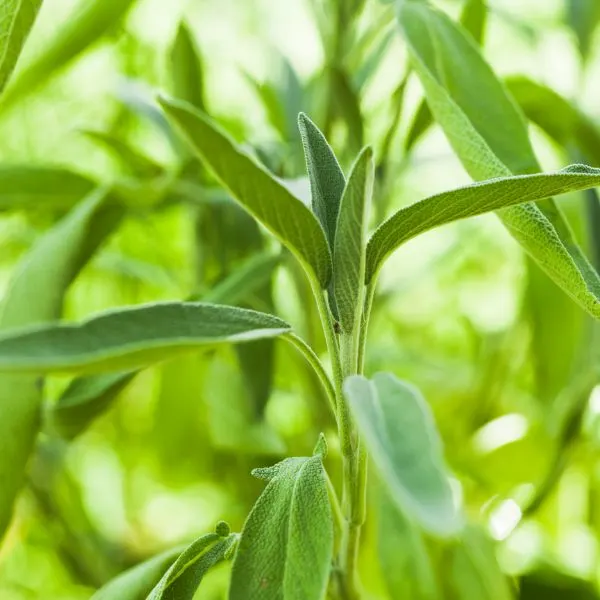
- Difficulty Level: Beginner
- Family: Lamiaceae
- Scientific Name: Salvia officinalis
- Other Names: Broadleaf Sage, Garden Sage, Golden Sage, Kitchen Sage
About this plant
Sage is a great seasoning to use for sausage, poultry, and for many root vegetables, but one of the little-known factoids about it is that you’ve probably been tasting it every year on Thanksgiving in your turkey stuffing!
Aside from its kitchen applications, sage is sometimes used medicinally, made into essential oil, and some Native American tribes also burn it in a ‘smudge stick’ as a means of ‘purifying’ the home.
14. Thyme
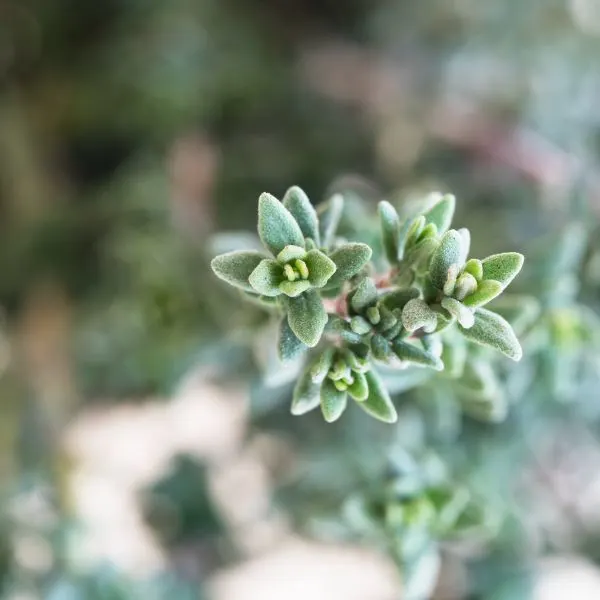
- Difficulty Level: Beginner
- Family: Lamiaceae
- Scientific Name: Thymus vulgaris
- Other Names: Summer Thyme, Garden Thyme, Winter Thyme, French Thyme
About this plant
Used most often for savory baking or for braised and roasted meats or veggies, Thyme is a handy herb to have to grow in your herb pot or garden. You can also make it into an oil and repel a number of insects, such as whiteflies, corn earworms, cabbage loopers, and tomato hornworms!
FAQs
Now that we’ve given you a few combinations of herbs that you can plant together, let’s take a look at some frequently asked questions on the subject. We’ll keep it brief, but we hope that this information will help to expand upon our lessons today and prove useful to you when you’re planting your new herb pot or container.
What herbs Cannot be planted together?

There are certain combinations that are not recommended, as they will compete or have a different enough preference in soil that only one will thrive. Some examples include dill and lavender – dill likes a more acidic soil and the lavender won’t take that well.
Another good example is cilantro and fennel. While they’ll both do okay in a single soil medium, they’ll fight over resources, so they are not a good pairing in a pot.
What should not be planted with basil in my herb pot?

Thyme is not a good match with basil in your herb pot, as it prefers sandier soil. Sage is much the same, as it will thrive in drier soil that would be very unhealthy for your Basil.
Finally, don’t grow common rue with your basil, either. It tends to attract pests and disease and it can even affect the flavor of your Basil in an unpleasant way.
Are coffee grounds OK for my herb pot?

Coffee ground fertilizer is going to be good for your herb pot, just be sure to only use small amounts. It will provide a healthy spike in nitrogen levels that your herbs will definitely make good use of.
In Conclusion
Today we’ve looked at 3 combination sets of herbs that will grow well together so that you can get started and in time, start creating new combinations on your own. Just be sure to check the soil, water, and sunlight requirements to make sure that they are basically compatible, and pay close attention to their families.
For instance, the mint family ‘Lamiaceae’ is enormous, and you’ve seen a few members today, such as oregano, sage, rosemary, and lavender. While species from specific families won’t always have exactly the same needs, more often than not they will be close, so this can be useful as a starting point that you can easily confirm online.
We hope that you’ve found this information handy and don’t forget that you can use mnemonic devices like ‘Basil McDonald’ to help you to remember groupings that work well together to build an understanding at a much faster pace.
Thanks so much for visiting and until next time, we wish you the very best with your new multi-herb garden!
More on companion plants
